Psychology > Research Paper > D094 Educational Psychology and Development of Children and Adolescents (All)
D094 Educational Psychology and Development of Children and Adolescents
Document Content and Description Below
D094 Educational Psychology and Development of Children and Adolescents Task 1 A1: STUDENT POPULATION: ELEMENTARY SCHOOL I will be observing the video Observing and Measuring the Weather video #53... . This second-grade class is made up of 20 students ranging in age from 7 to 8. The students come from diverse ethnic backgrounds. “Their first languages include English, Mende, Spanish, and Urdu” (ATLAS, n.d.). Those students who do not use English as their first language receive specific language instruction from English Second Language (ESL) specialist. A few of her students have special needs, one of the students has a hearing impairment, one student is diagnosed with ADHD, and two others struggle with staying focus. A2: DEVELOPMENTAL STAGE: ELEMENTARY SCHOOL The developmental stage the students in the video are in is Piaget’s concrete operational stage. Children in this stage are elementary age students that need to work with a hands-on approach to learning. In the video, this is evident because the teacher has created a science experiment that puts her entire class into groups. Each group of students is given a measurement tool which could have been a thermometer, windsock, anemometer, or a ruler. Every student began each day with their own measurement tool to measure temperature, wind direction, windspeed, or precipitation accumulation. For several days, this hands-on approach allowed the teacher to engage the students in observing the changes in their weather. This allowed them all the opportunity to use every measurement tool and create data that they were able to analyze. Which in turn allowed them to understand the changes in their weather through a hands-on approach. A3: LEARNING THEORY AND ASSESSMENT: ELEMENTARY SCHOOL The learning theory that is evident in the video is cooperative theory learning. Cooperative theory learning believes that, “The focus is on the product more than the process, students of mixed abilities are grouped together, students work in groups on a structured activity, and instruction is teacher-led” (Acrobatiq, n.d.). The teacher’s strategy is aligned with cooperative theory learning because in the video, she is using this strategy to lead the science activity by placing students into mix groups to help them actively participate together. Allowing them to have individual accountability with their separate measurement tools, and then having them combine their information into one graph for the group. All of this supports the cooperative theory learning. The assessment strategy the teacher is using in the video is formative. Formative assessment is when the focus is on learning, occurs during instruction, and provides feedback to determine student learning. The assessment is done by giving the group of students a packet of activity follow-up questions to assess the student’s observation of weather over a couple of days. The teacher was using this assessment to fairly measure the abilities of her students and to determine progress towards meeting the objectives throughout the assignment. This assessmentstrategy is aligned with formative assessment because it is focusing on learning progress and it provides feedback to determine student learning. B1: STUDENT POPULATION: MIDDLE SCHOOL I will be observing the video Clarifying Misconceptions about Photosynthesis and Respiration video #238. This 6th grade class is made up of twenty-two students, eight boys and fourteen girls ranging in age from 11 and 12. The class is made up of mostly Caucasian students with one African American, one Indian, and one Indonesian student. The classes’ cognitive ability is classified as being average to above average with some behavioral issues. B2: DEVELOPMENTAL STAGE: MIDDLE SCHOOL The developmental stage the students in the video are in is Piaget’s formal operational stage. Children in this stage are in middle school and/or high school. They use a higher order of thinking which consists of systematic problem-solving and/or critical thinking. In the video, this is evident when the teacher is leading a group discussion of photosynthesis. The students are using their problem solving and critical thinking to put the terms in the correct place on the diagram. I witness students using previous knowledge to justify their reasons behind whether the answer was in the correct location on the diagram.B3: LEARNING THEORY AND ASSESSMENT: MIDDLE SCHOOL The learning theory that is evident in the video is constructivist theory. Constructivist theory believes that, “students should be engaged in active learning and that the teacher's role is to assist her students in what they are doing. Students should be given the opportunity to explore a problem, try out solutions, build on this new knowledge to make adjustments and evolve new solutions” Acrobatiq, n.d.). In the video, the teacher is using constructivists theory to help students in solving the plant cell diagram about photosynthesis. She has the students brainstorm and solve the parts of the diagram with an open discussion. Allowing the kids to come to conclusions on their own. Then she moves on to another diagram and creates another discussion. Using their knowledge, from the previous diagram of a plant cell using photosynthesis, to be able to answer her questions as a large group with the new diagram of an animal cell using cellular respiration. The teacher then allows the smaller table groups then to discuss about depicting the two process together. All of this supports the constructivist learning theory. The assessment strategy the teacher is using in the video is formative assessment. Formative assessment is when the focus is on learning, occurs during instruction, and provides feedback to determine student learning. In the video you see the teacher asking questions to determine the students’ knowledge about the two diagrams. She slowly allowed the group of students to concluded about what each diagram represents. She also uses this strategy when she puts the students in a small group situation. She has them brainstorm on how the two diagrams relate to each other. They then discussed as a group and determine which group or groups were correct in their thinking. She could then use this information to inform the rest of her instruction time and/or use it to reteach any parts that needed to be reviewed. [Show More]
Last updated: 1 year ago
Preview 1 out of 11 pages
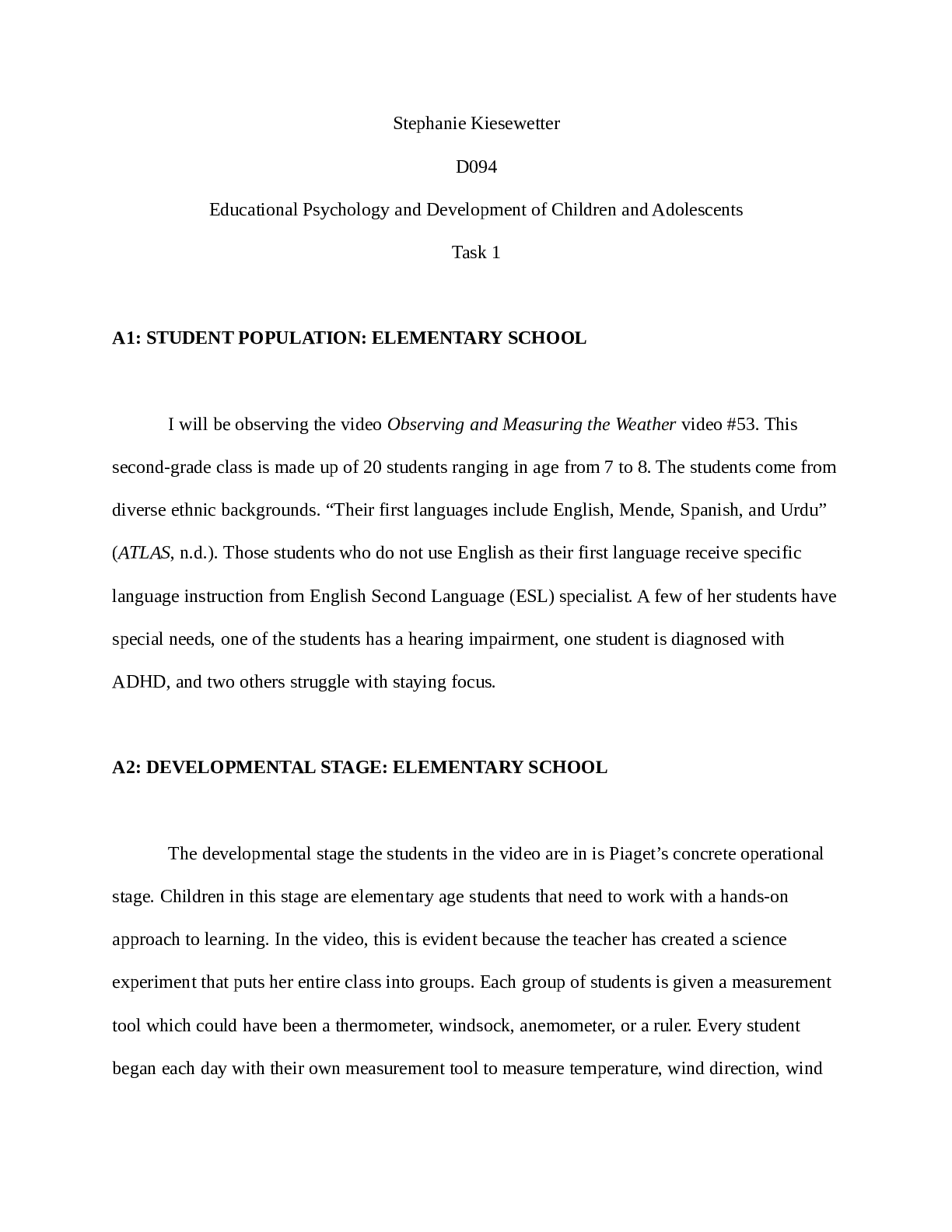
Reviews( 0 )
Document information
Connected school, study & course
About the document
Uploaded On
Aug 05, 2021
Number of pages
11
Written in
Additional information
This document has been written for:
Uploaded
Aug 05, 2021
Downloads
0
Views
235



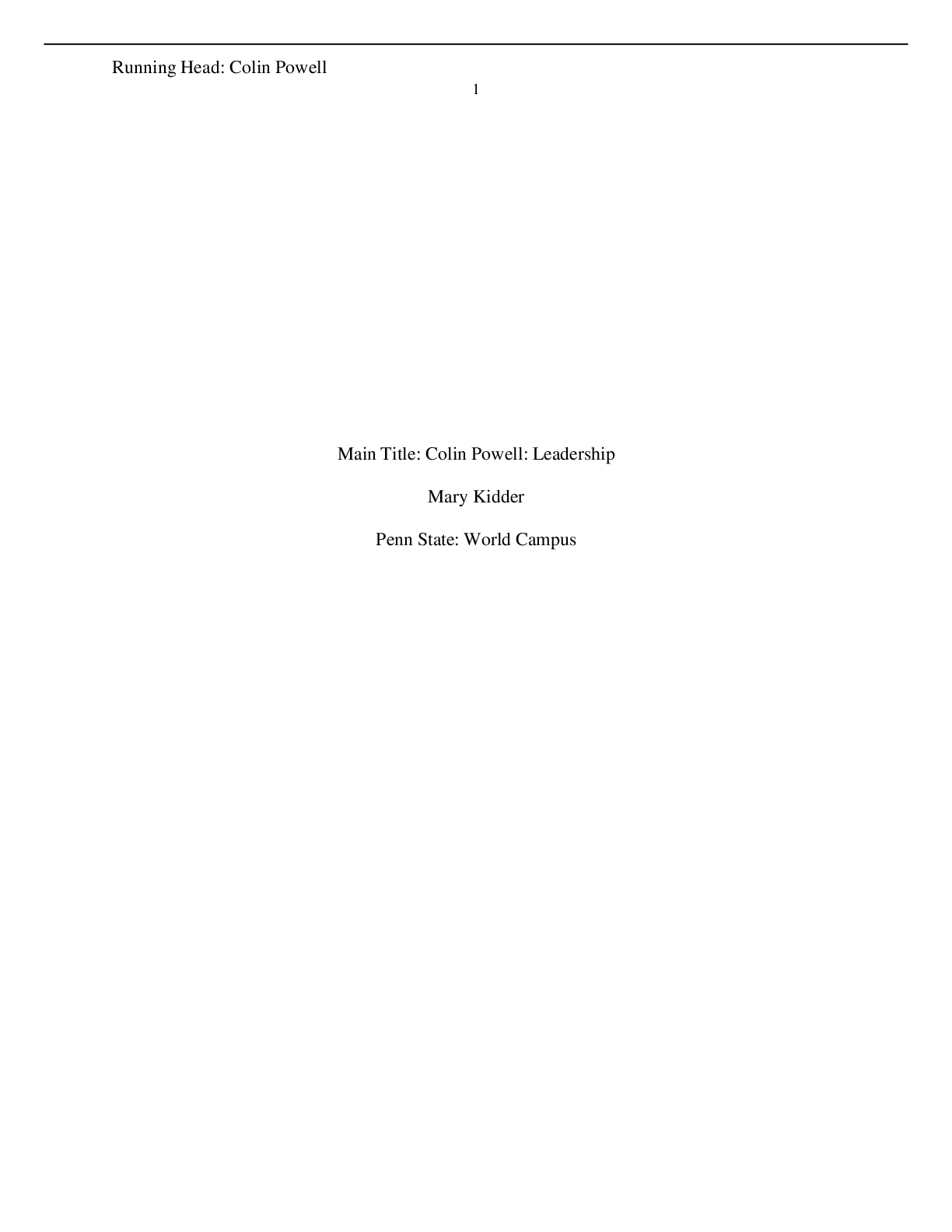




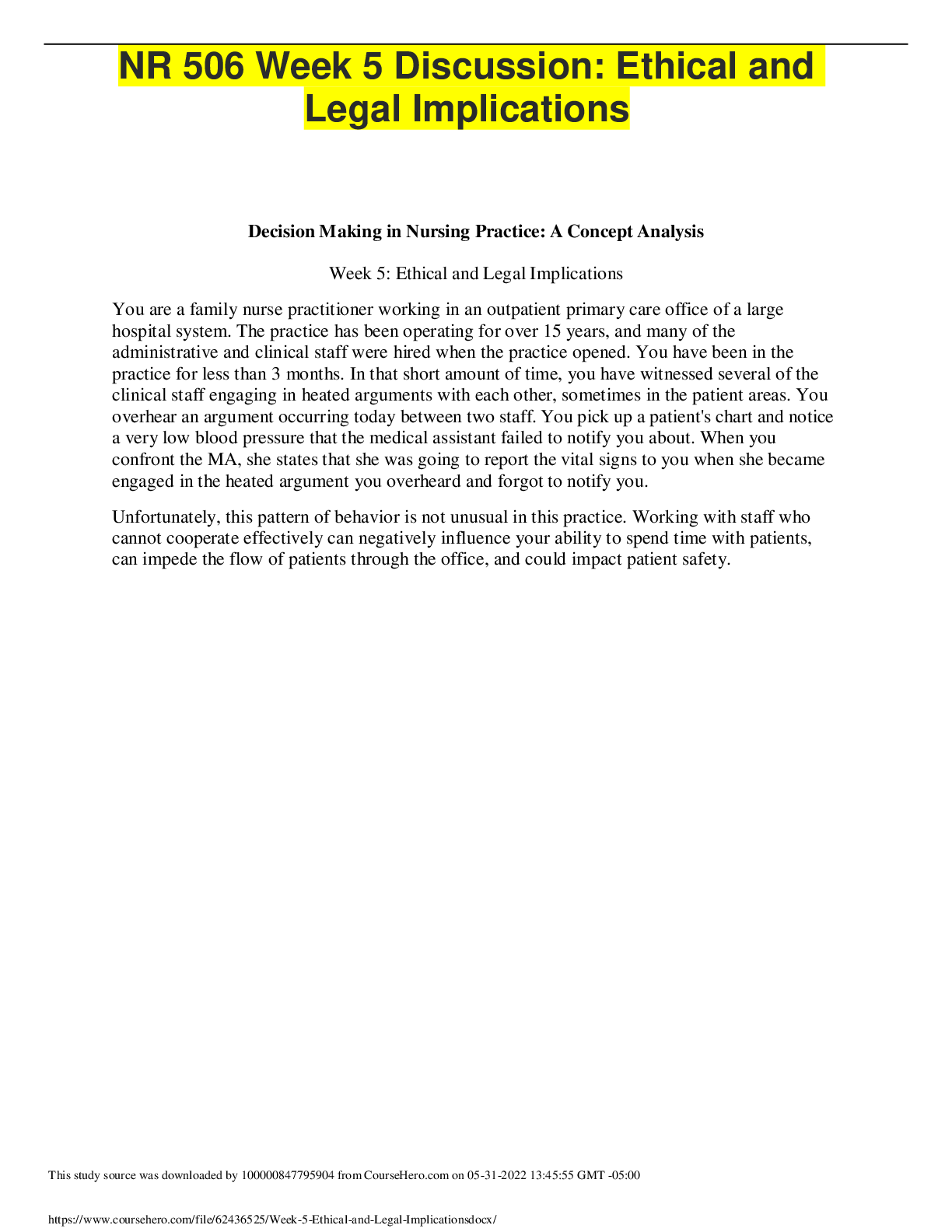




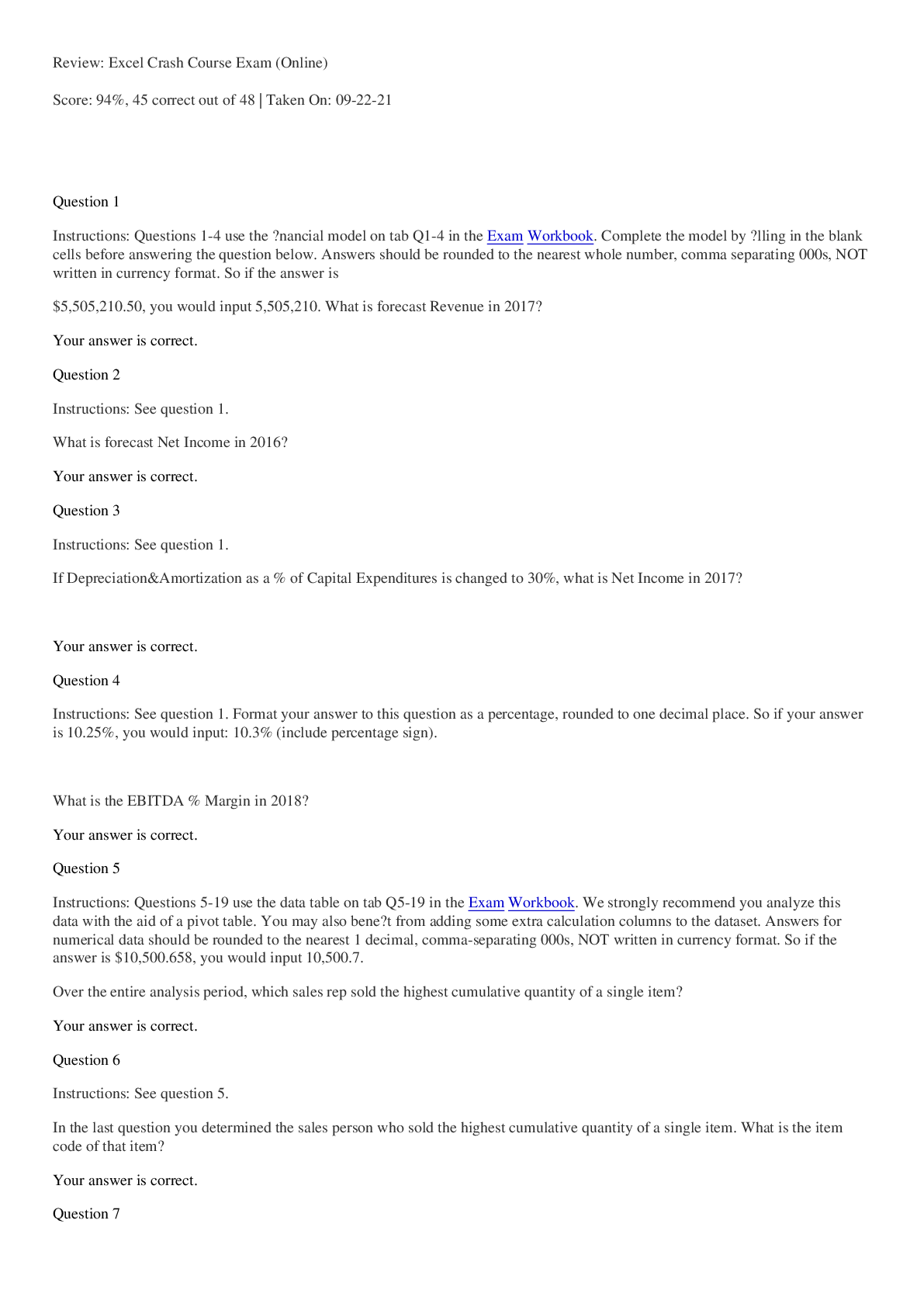

.png)
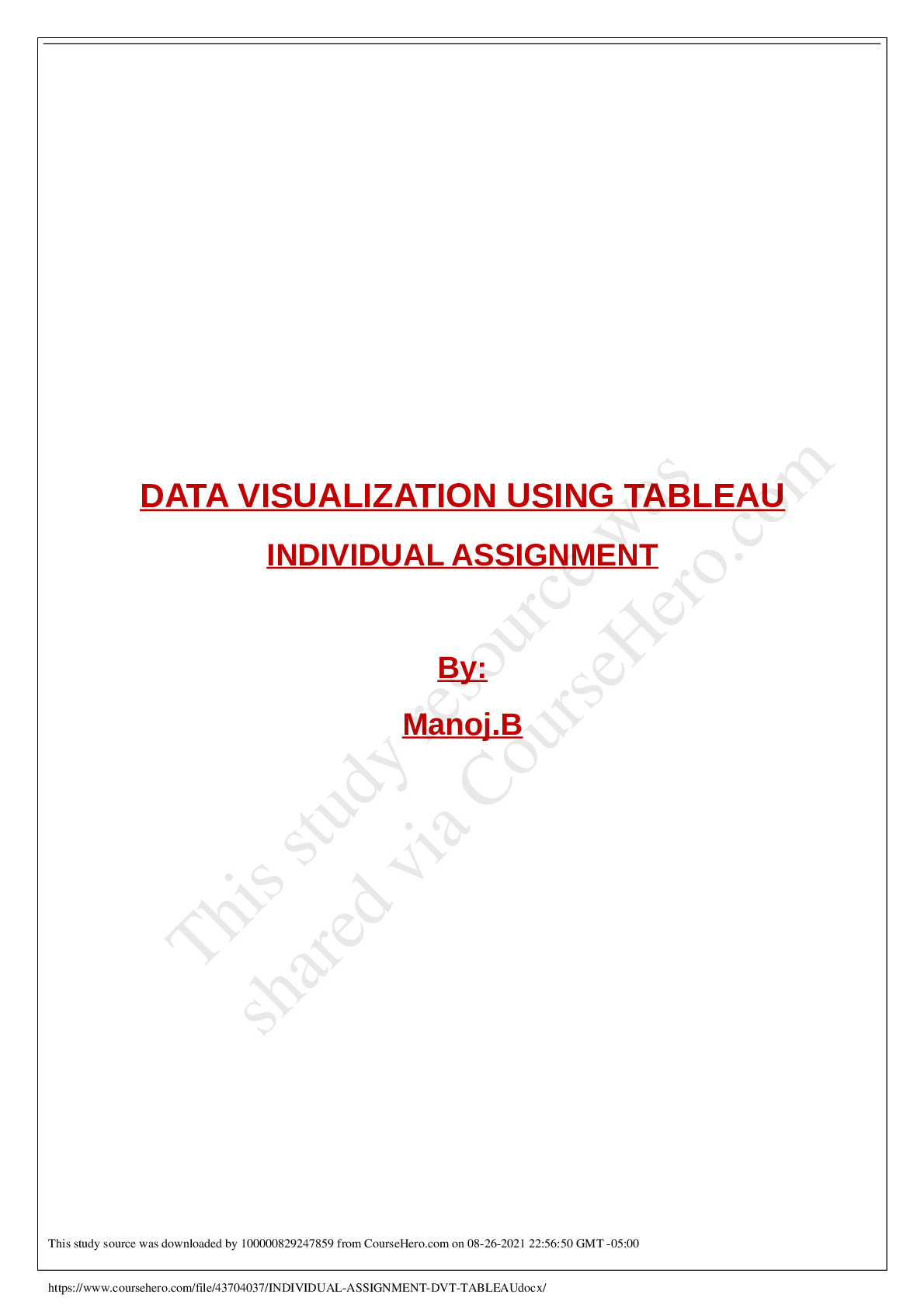




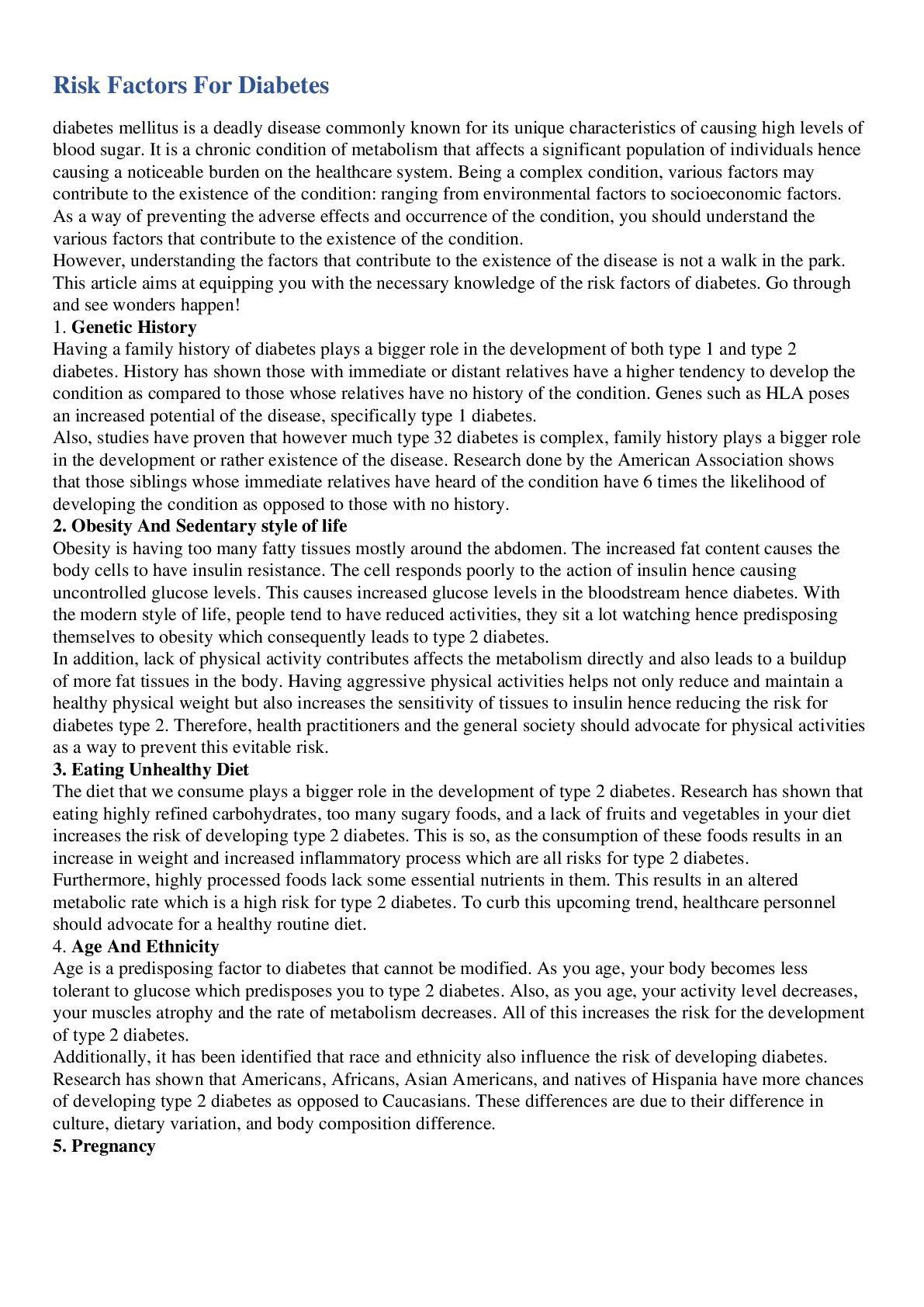

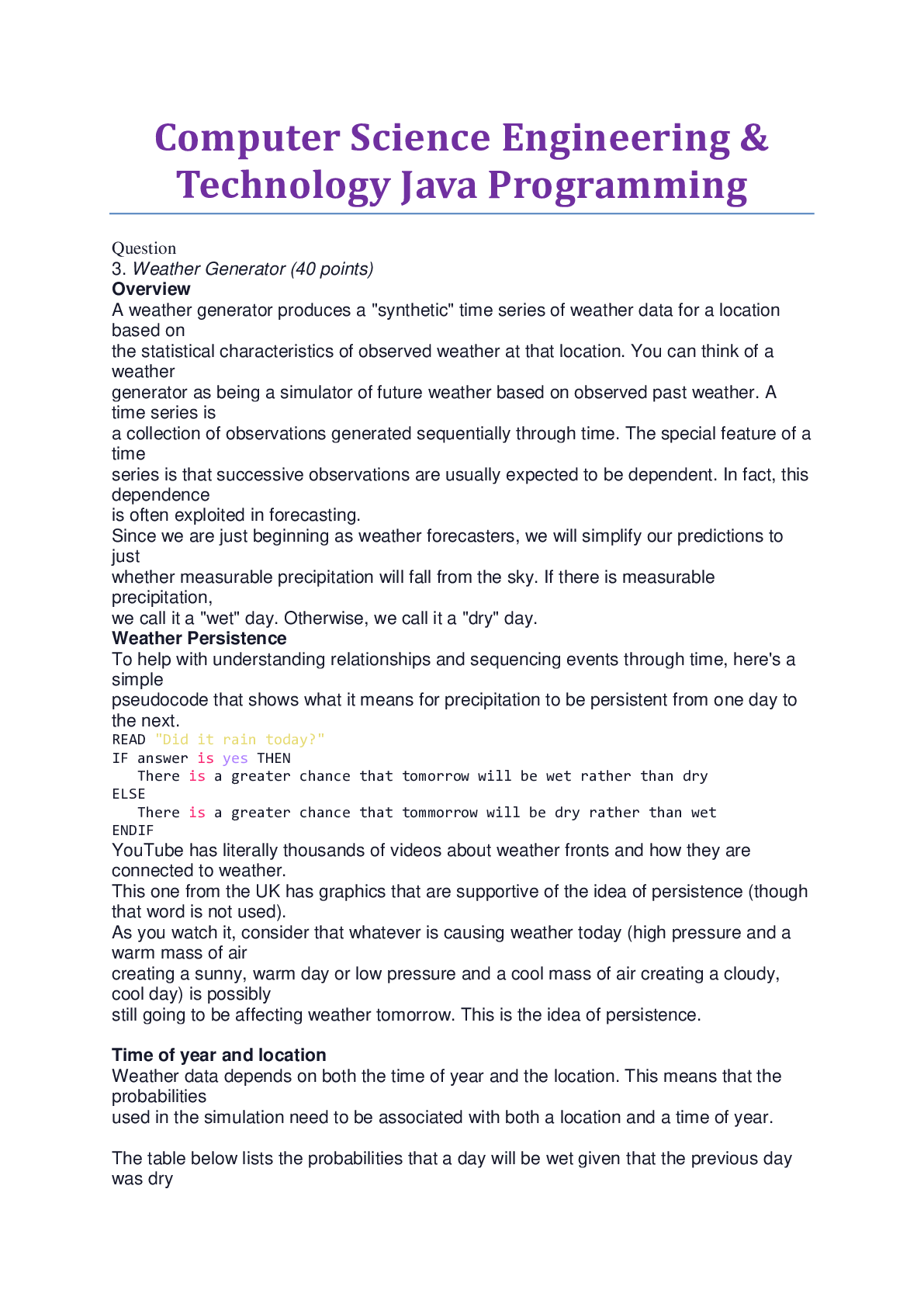
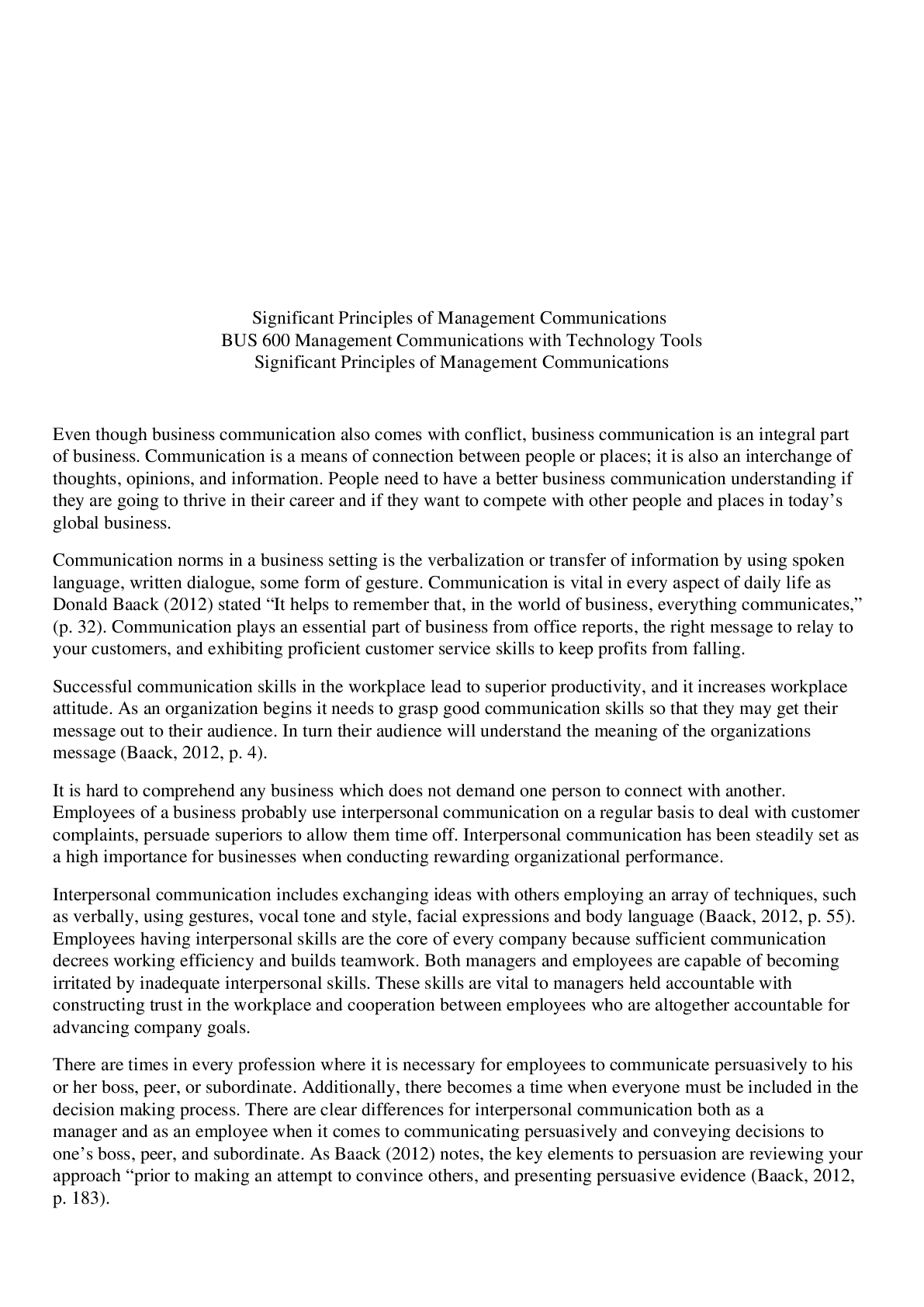
Interdisciplinary Paper.png)


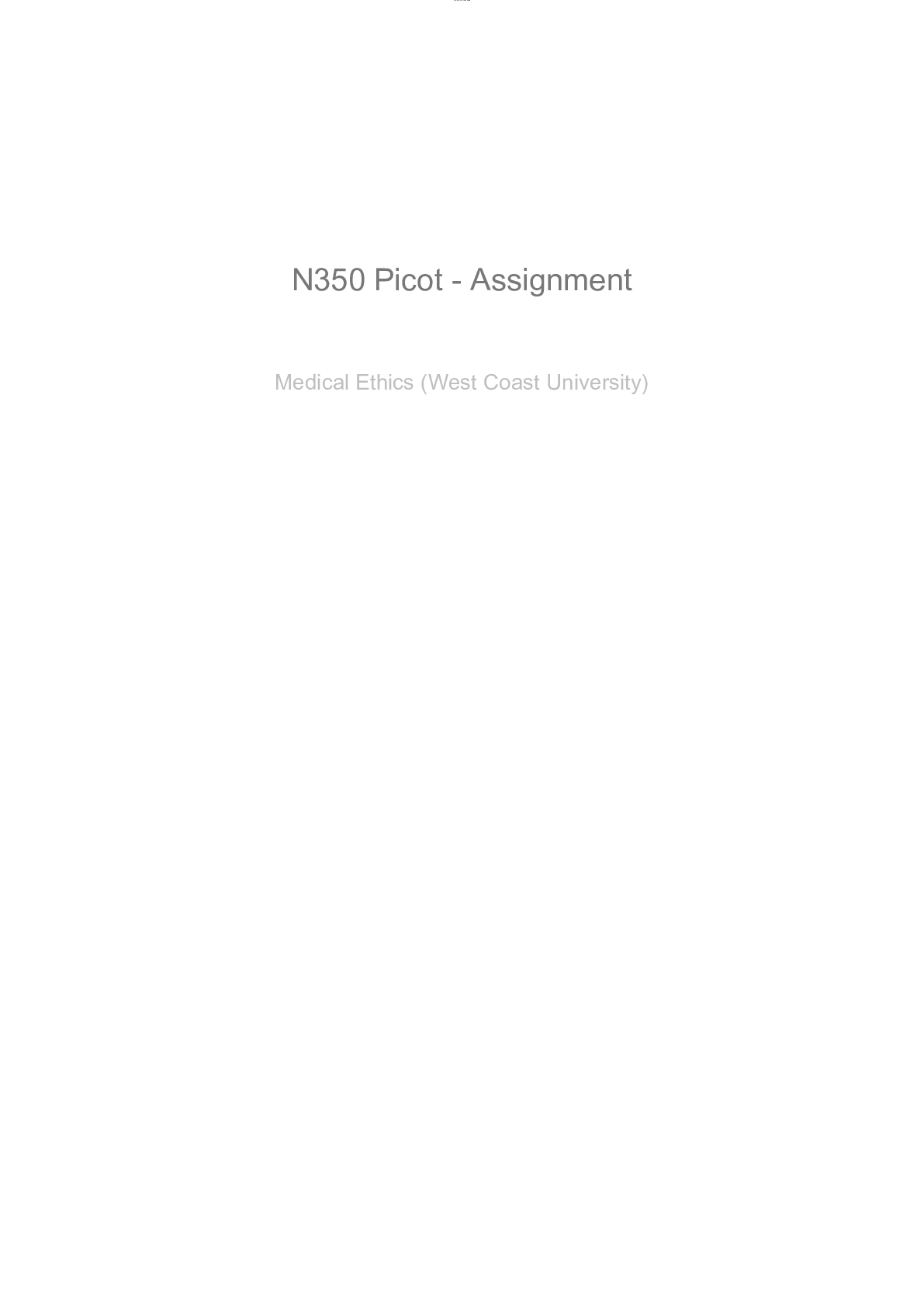


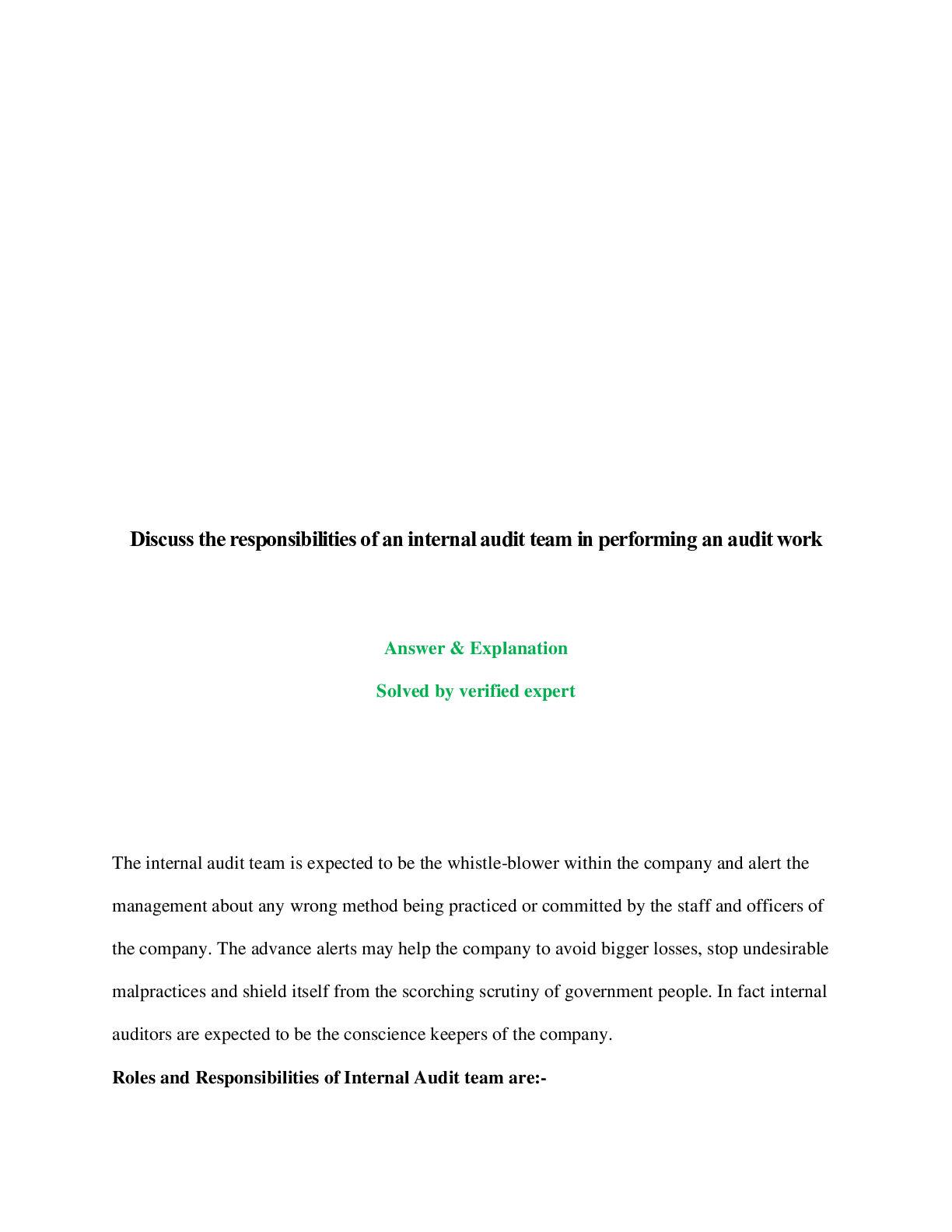


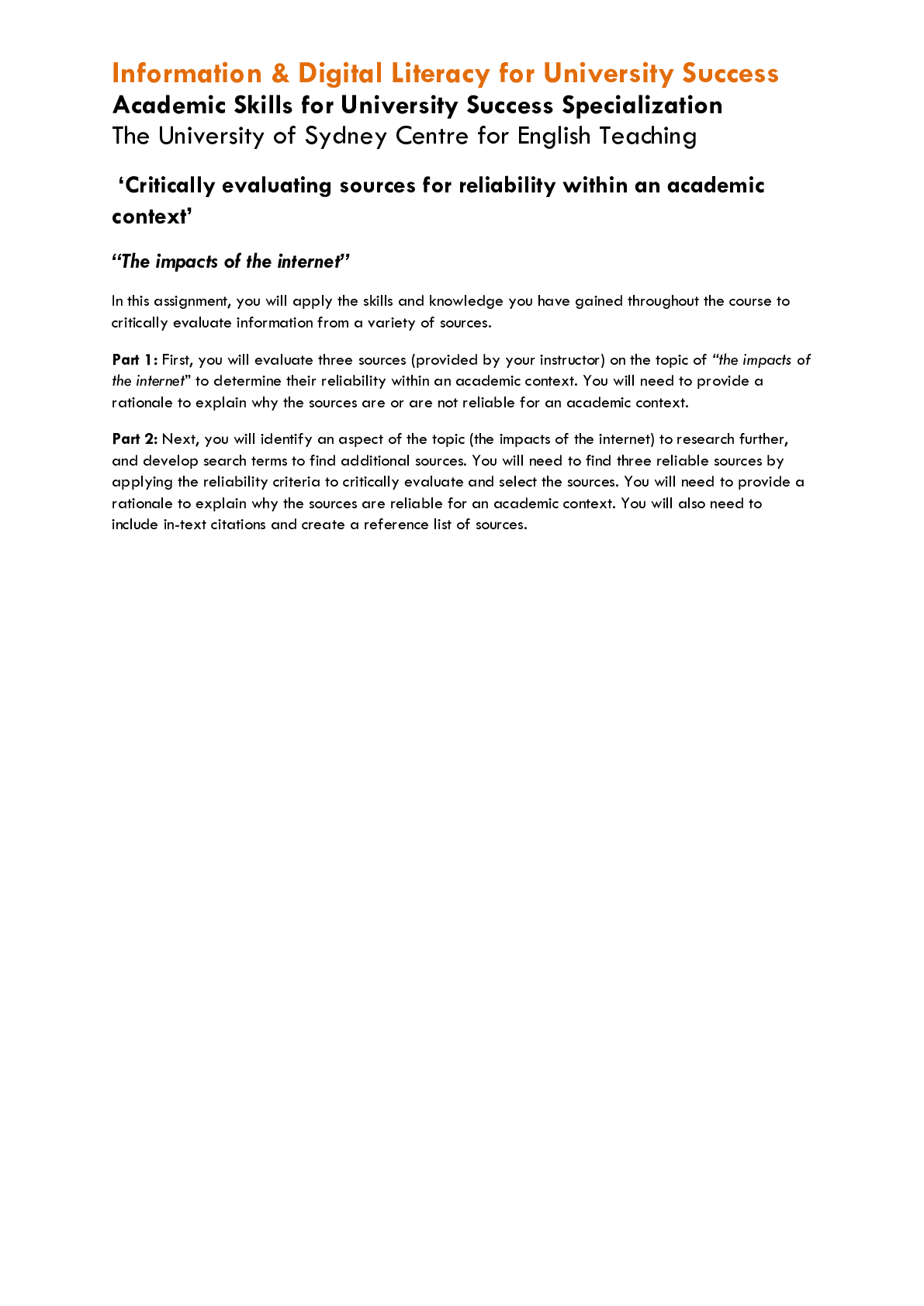

dfdfefe.png)

